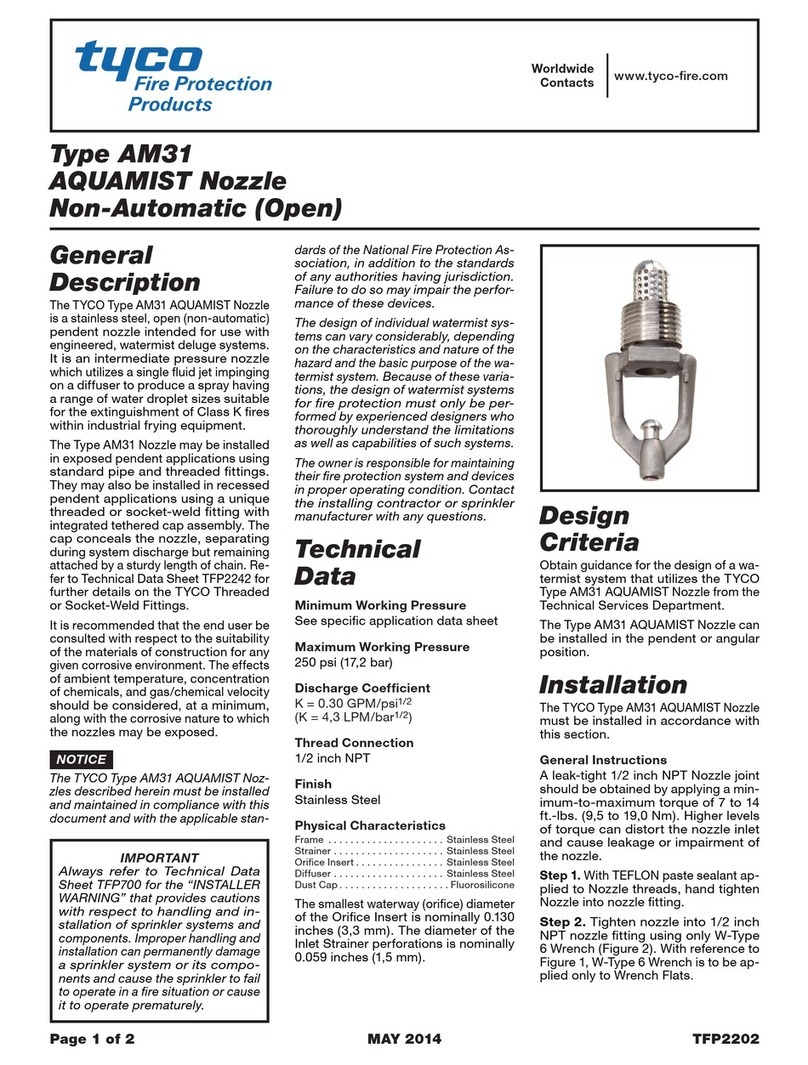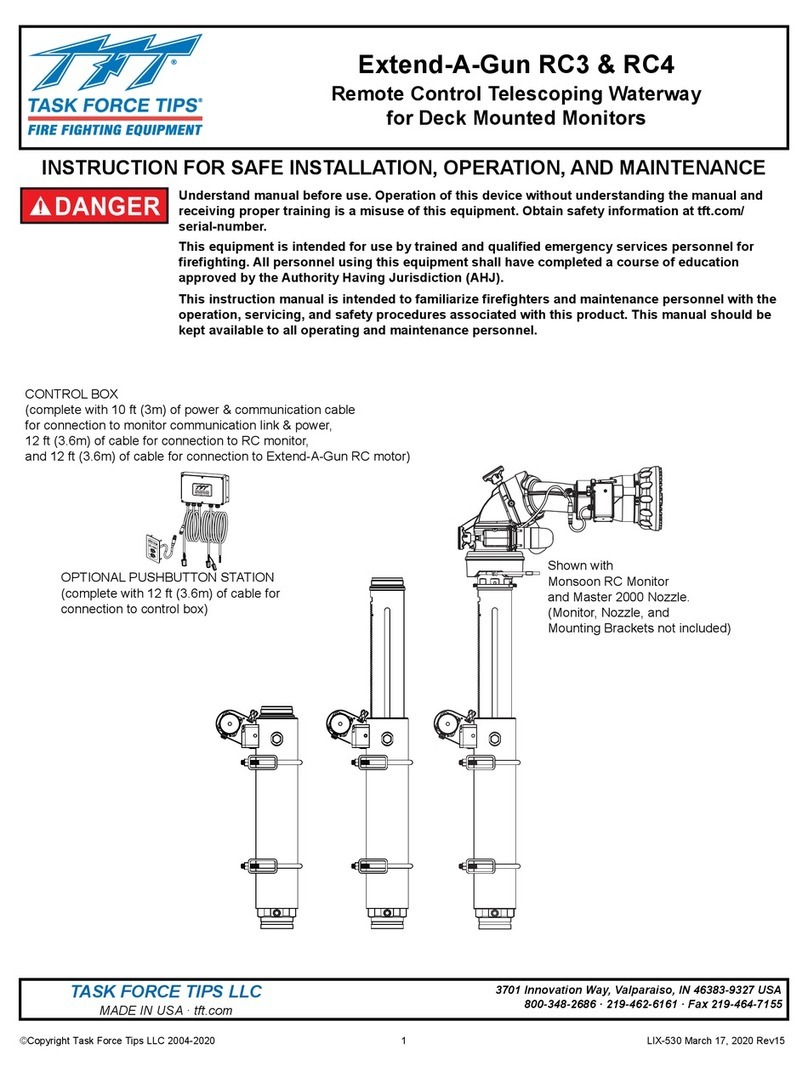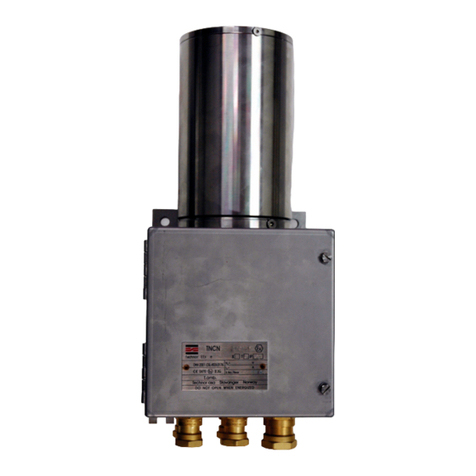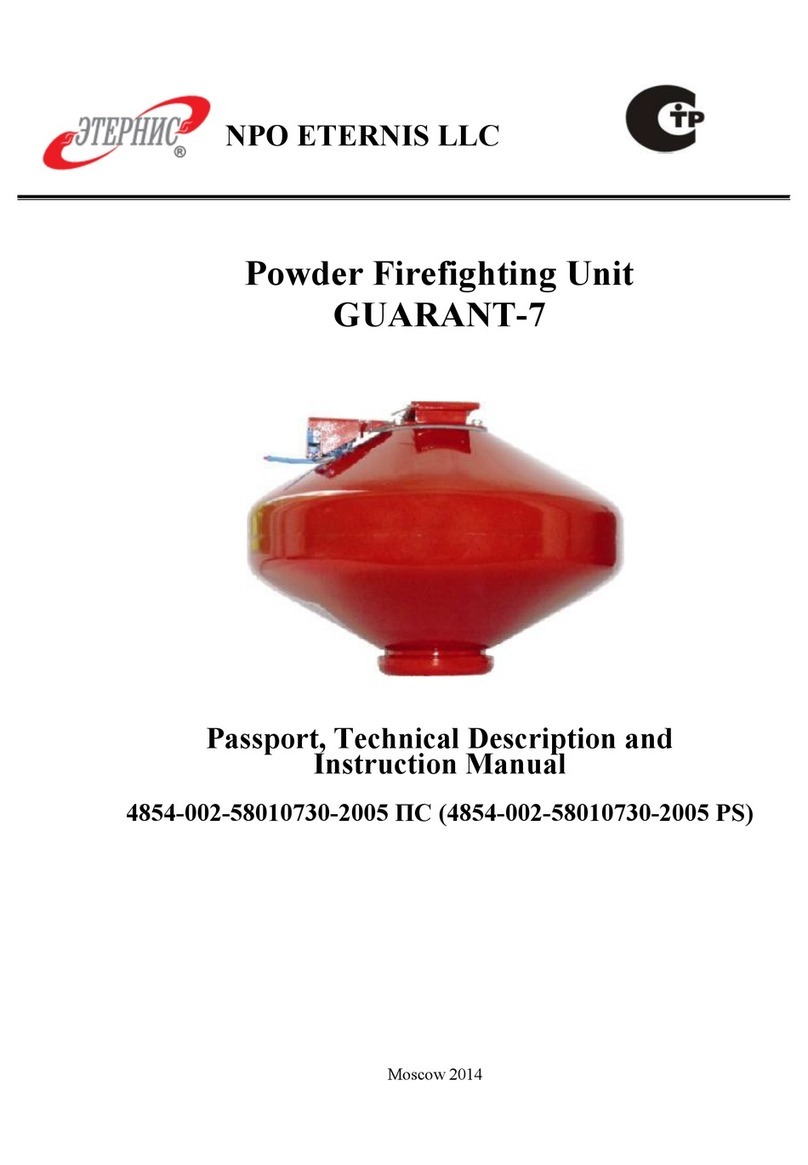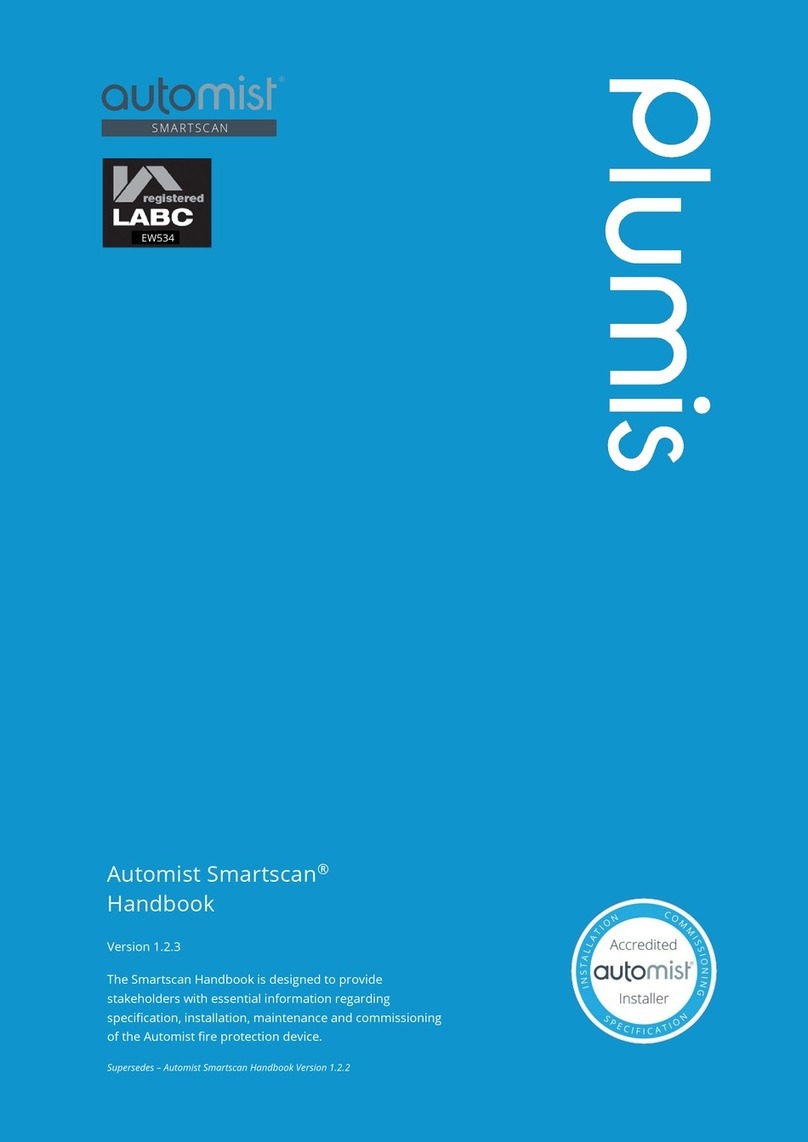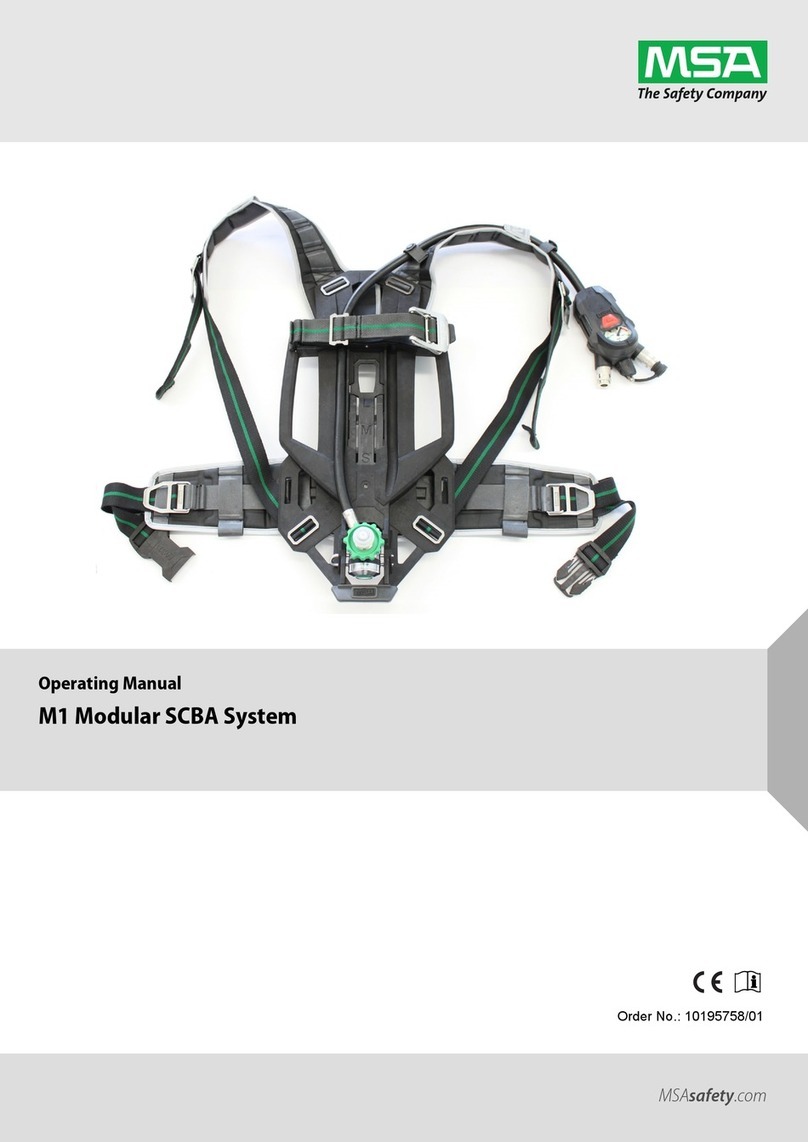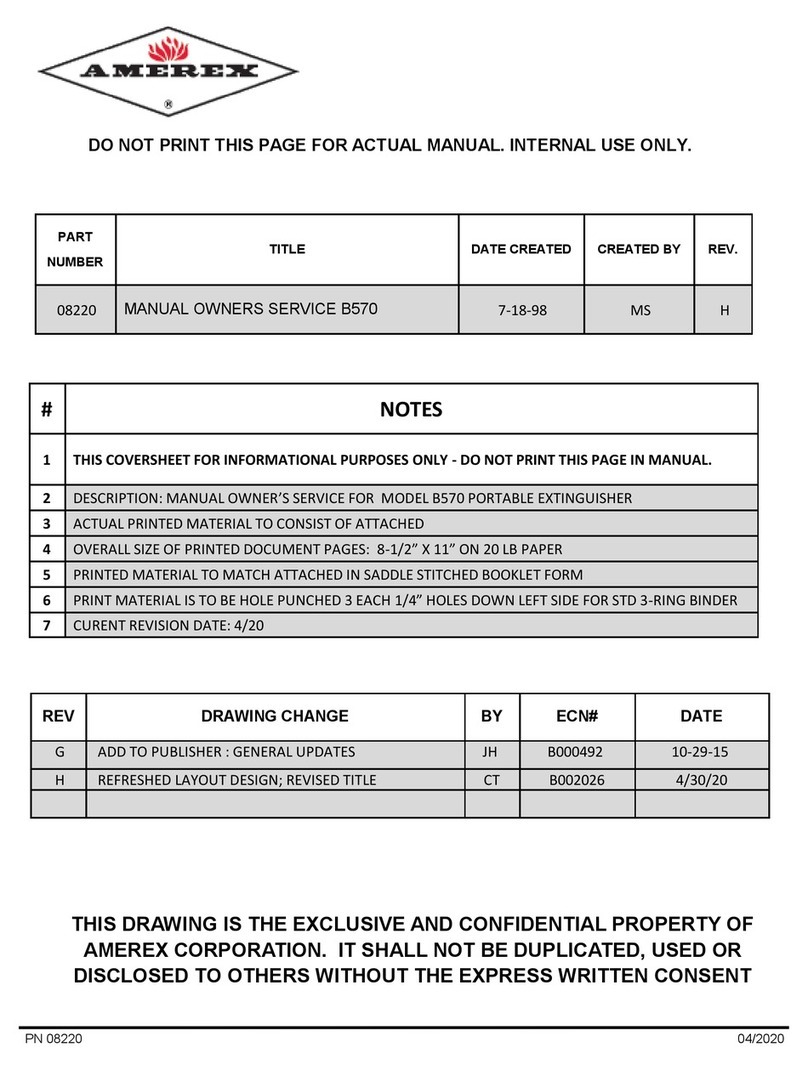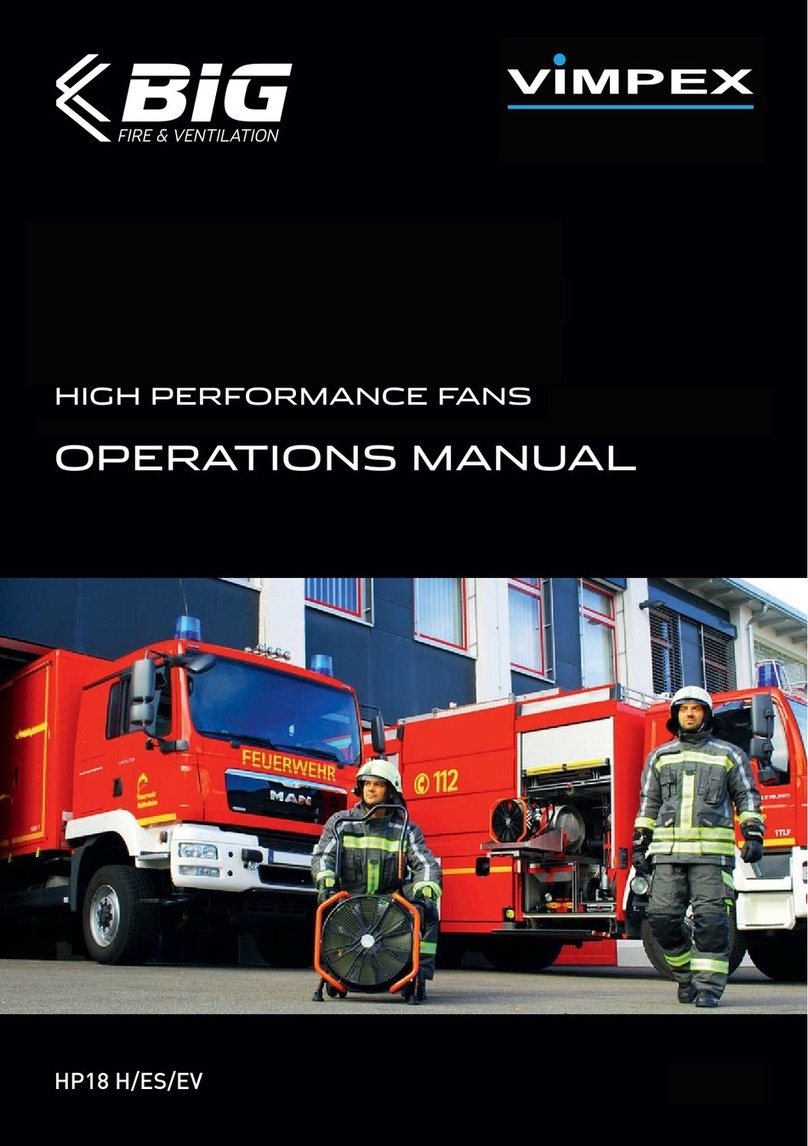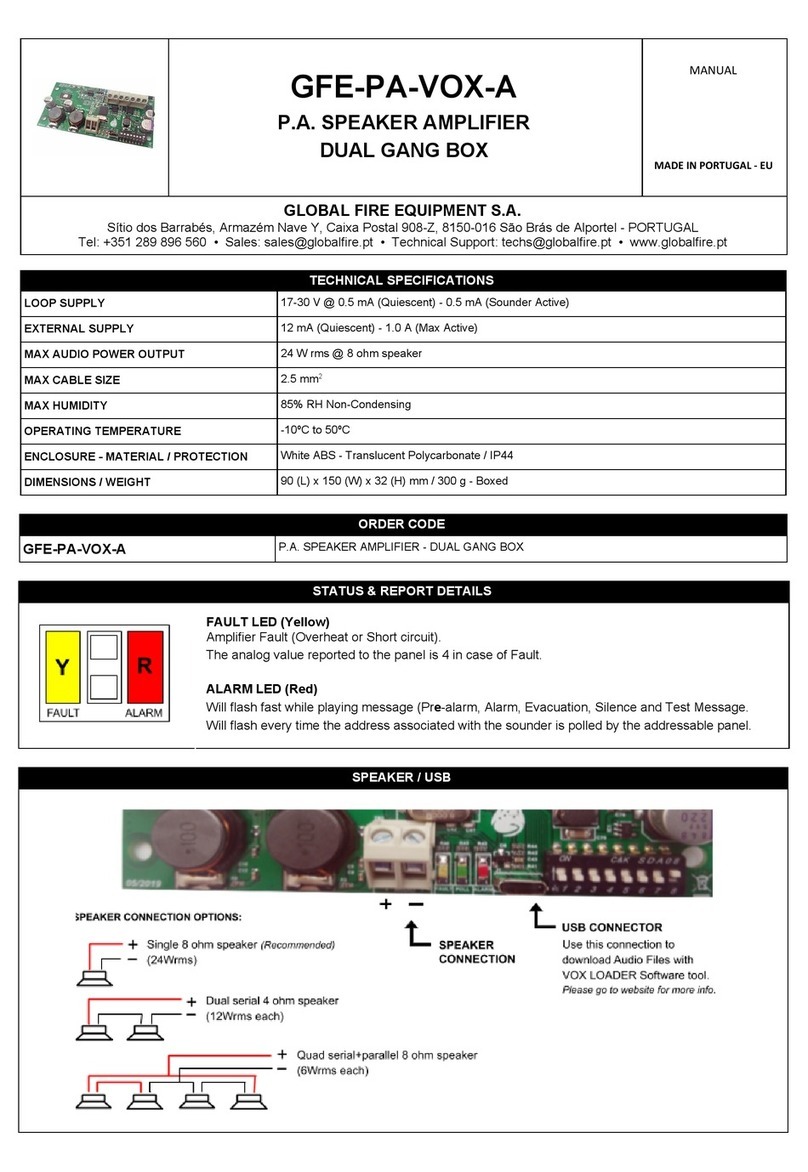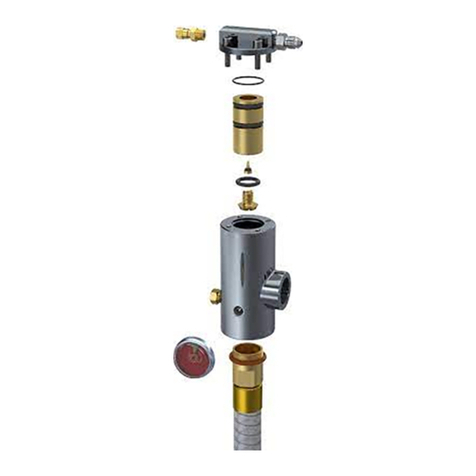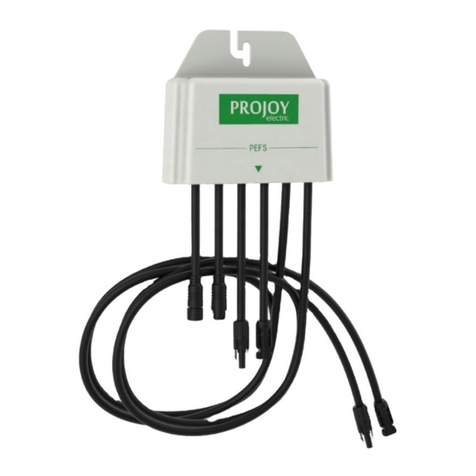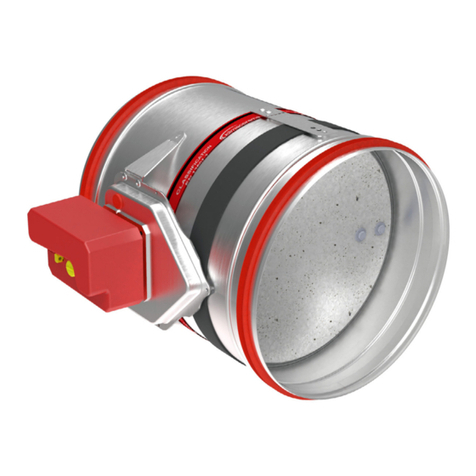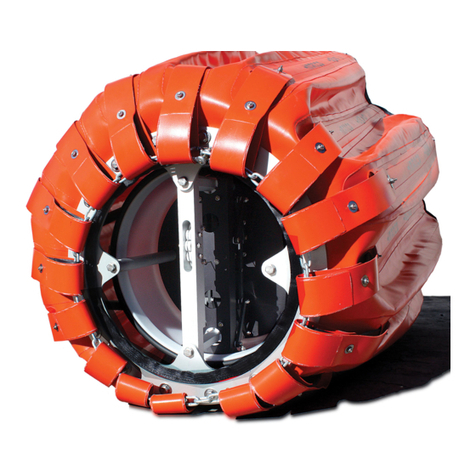
Automist Smartscan Hydra®DIOM Manual - version 3.01.0
Plumis Ltd Copyright © 2020. All Rights Reserved. Page 3 of 116
Water Supplies........................................................................................................................................................36
Backflow Prevention ..............................................................................................................................................37
Sprayhead Location ...............................................................................................................................................37
Components ...........................................................................................................................................................40
Technical Specification for Hydra Data & Alarm Cables .................................................................................40
Watermist nozzle (Automist sprayhead) .............................................................................................................44
Hoses, Piping and Fittings .....................................................................................................................................45
Fittings ..................................................................................................................................................................45
Hose General .......................................................................................................................................................45
Stainless Steel Piping (alternative to high pressure hose).............................................................................. 46
Hoses, Piping support............................................................................................................................................46
Detection Devices...................................................................................................................................................47
Compatible detectors/alarms ............................................................................................................................48
Plumis Wireless Smoke Heat Alarm (DT01)......................................................................................................49
Pump with an output relay (AP10) ....................................................................................................................50
Integration with other alarm systems...............................................................................................................50
1) Domestic ...................................................................................................................................................50
2) Residential.................................................................................................................................................51
Transmission of alarm signals to alarm receiving centres ............................................................................. 52
Controller ................................................................................................................................................................52
Valves.......................................................................................................................................................................52
Electrically operated devices.................................................................................................................................52
Strainer ....................................................................................................................................................................52
Pump........................................................................................................................................................................53
Automist Pump Specification:............................................................................................................................53
Automatic test and monitoring facilities .............................................................................................................54
Electrical design and installation ..........................................................................................................................54
Additives..................................................................................................................................................................54
Trunking and Pump Enclosures............................................................................................................................54
INSTALLATION.............................................................................................................................................................56
Installation Procedure ...........................................................................................................................................57
A) First Fix - Preparing the site ..............................................................................................................................58
Fire Stopping ........................................................................................................................................................61
Pneumatic Test ....................................................................................................................................................61
Hydrostatic Test...................................................................................................................................................61
Detector and/or alarm installation....................................................................................................................63
